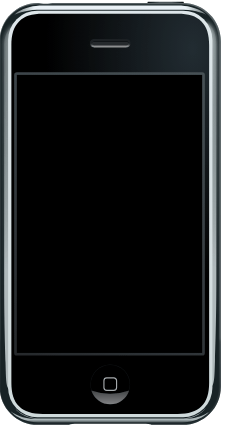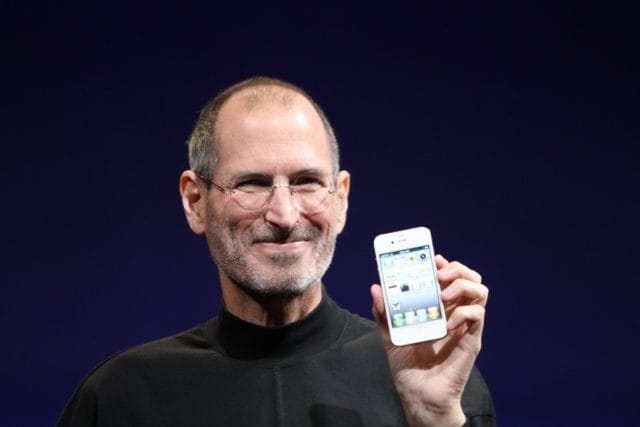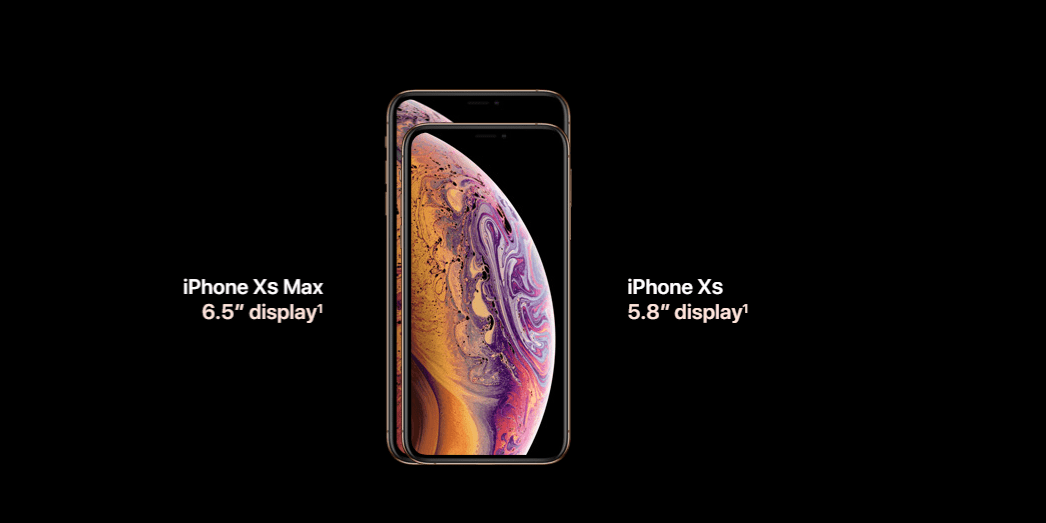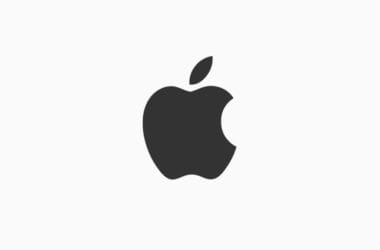With the smart phone so ubiquitous these days, it’s hard to imagine life without one. Yet this game changing device has only been with us for just over a decade. Until Apple launched the very first iPhone, back in 2007, mobiles or cell phones were seen as either a work tool or a fashion statement, and used only for communications. Then on 29th June, the first model appeared in the shops and we have simply never looked back.

What was so special about the iPhone?
There were smartphones before the iPhone, but these were mainly dull business devices, like the early Blackberry phones. Mass market phones were just that, phones, with very little functionality beyond making calls and playing the snake game. The iPhone was the first device to combine a wide range of functionality for all users into a single device. There were no longer business phones and consumer phones, there was just the iPhone.
The iPhone revolutionized how we saw our devices, combining our phone with a camera, an mp3 player, and most importantly of all, access to the internet via a colour touch screen.
Third party applications
Apple’s real stroke of genius was to allow the iPhone to run third-party software, which meant that external developers could create games, applications and tools for the new devices, making them even more powerful and useful.
Today, the Apple App store carries over two million apps, covering everything from Angry Birds to health monitoring programmes. These days, we think nothing of checking the forecast on Accuweather, buying concert tickets at Naijaticketshop, or even enjoying a hand of poker on our phones with PokerStars.
Constant development
Never one to rest on its laurels, Apple has constantly updated and improved that original iPhone, making it faster, bigger and better in so many ways. The original iPhone was followed in 2008 by the iPhone 3G, which added essential internet access away from WiFi signals by using the mobile phone network. This was also the first iPhone to shoot video.
With the iPhone 4 came Siri, the virtual assistant, and a front facing camera for Facetime calls and those all-important selfies. The iPhone 5 brought a larger screen, with the 5S first introducing us to the fingerprint reader, while the iPhone 6 was larger again as the graphics became sharper and faster.

Version 6S introduced a revolutionary pressure sensitive screen that could detect not only where you were touching the screen, but also how hard. Controversially, the iPhone 7 removed the standard headphone jack, causing many users to have to pay out for a converter, but this was compensated for with improved graphics and chip speed. The last model, before the latest release, the iPhone 8 brought us just a few tweaks to the screen and camera, raising expectations for significant changes in the new models released in September this year, the iPhone XS and the iPhone XR.
What’s new in the iPhone X series
The new iPhone XS and XR take the smartphone to a whole new level, with a standard of technology even Apple wouldn’t have dreamed of when they launched the first phones just eleven years ago. This pocket device now has immense computing power, a Super Retina Display, Smart HDR and an A12 Bionic chip designed for augmented reality applications.
Perhaps more valuable to many users, the iPhone is also now waterproof for up to 30 minutes in 2 metres of water (or many other liquids), so you’ll never have to seal it in a box of rice again after you’ve dropped it in the sink!
Apple on the march
Being such a ground breaking idea, the iPhone took a little while to catch on, with Apple selling just 1.4million units in the first year. It took almost five years to hit 100 million iPhone sales, but things seriously took off from there. The company sold 51 million iPhones in the first quarter of 2014 alone and estimates sales of 216 million iPhones in 2017. In total, the company claims to have sold over a billion iPhones worldwide since the launch in 2007, and with so much excitement surrounding the new model, those sales are only heading in one direction.
Every area of life
In just over a decade, the iPhone has become essential to our daily lives to the point where we feel lost without it. The device has exceeded all expectations, turning Apple into the world’s biggest company and turning us all into photographers, movie makers and musicians. We use it for shopping, banking and watching TV; surfing the internet, social media and so much more. And occasionally, we’ll still use it to make a phone call too!






